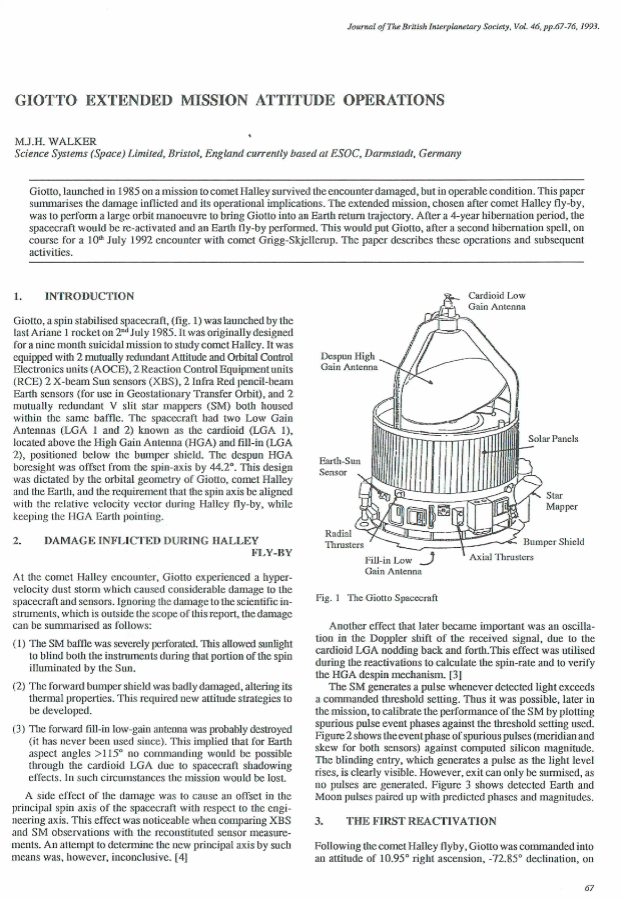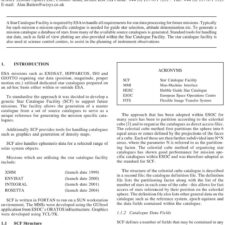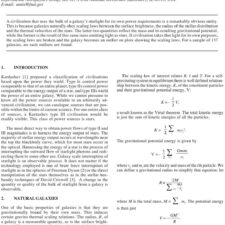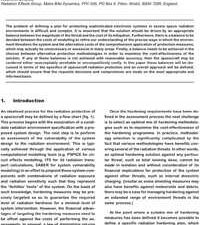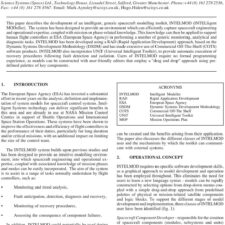Giotto Extended Mission Attitude Operations
£5.00
M. J. H. Walker. (1993), JBIS, 46, pp.67-76
Refcode: 1993.46.67
Abstract:
Giotto, a spin stabilised spacecraft, (fig. 1) was launched by the last Ariane 1 rocket on 2″d July 1985. It was originally designed for a nine month suicidal mission to study comet Halley. It was equipped with 2 mutually redundant Attitude and Orbital Control Electronics units (AOCE), 2 Reaction Control Equipment units (RCE) 2 X-beam Sun sensors (XBS), 2 Infra Red pencil-beam Earth sensors (for use in Geostationary Transfer Orbit), and 2 mutually redundant V slit star mappers (SM) both housed within the same baffle. The spacecraft bad two Low Gain Antennas (LGA 1 and 2) known as the cardioid (LGA I), located above the High Gain Antenna (HGA) and fill-in (LGA 2), positioned below the bumper shield. The despun HGA boresight was offset from the spin-axis by 44.2°. This design was dictated by the orbital geometry of Giotto, comet Halley and the Earth, and the requirement that the spin axis be aligned with the relative velocity vector during Halley fly-by, while keeping the HGA Earth pointing.

